50 Fun Facts about Animals to Surprise Everyone and Help You Win Trivia Night
June 29, 2020
by Barbara Hogg
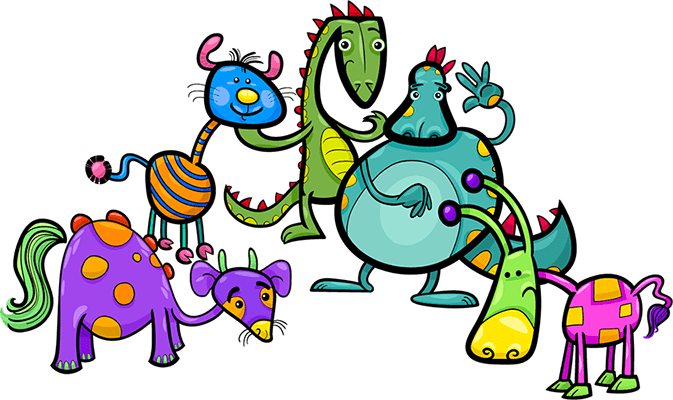
If you are into animal trivia and looking for some weird and wonderful fun animal facts, then you have come to the right place! We have a curated collection of fun facts about animals that will surprise even the biggest animal lovers!
Every animal has its own thing that makes it different. We can see many such details with our own eyes when we look at them or watch them, but we can easily miss other exciting aspects related to the animal kingdom.
Even our pets can hold secrets. It’s only recently that we discovered that our furry friends drink their water with backward flicks of their tongue, not to mention that dogs really listen to our conversations and hear what we say, according to the latest reports.
With science so keen in learning more and more about animals, it is not uncommon to discover random animal facts everywhere we look and stumble upon weird animal facts when we read science news. So let’s delve in the world of interesting and crazy animals to learn more about them!
Weird and Fun Facts about Animals You will Love to Know
Giving that science discovers almost on a daily basis some of the strangest things about animals – not to mention it also creates bizarre creatures in labs – it is easy to see how we might not know some of the most random facts about animals.
That’s where we step in and do all the leg work for you. Remember how we delivered our top 100 weird science facts for you to enjoy, show off with, and share with your friends? Those who have a soft spot for snakes can also check out our ultimate list of interesting facts about snakes, too! If you love animals of all species and kinds, we have prepared no less than 50 strange facts about them!
So sit back, relax, and enjoy some fascinating, horror-ish, surprising, and fun animal facts that you won’t forget any time soon! Yeah, because we have pictures as well!
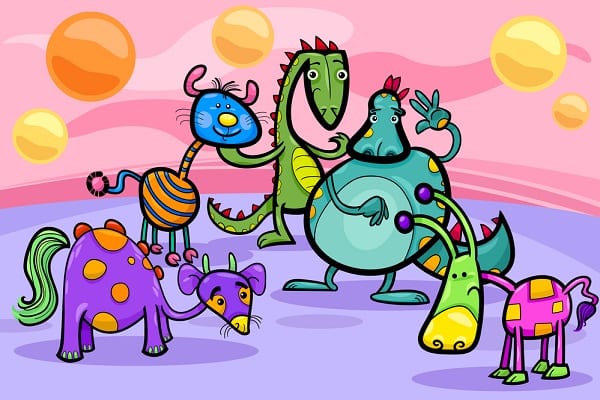
Something Tastes Fishy
Our first entry on our list of fun facts about animals addresses catfish.
They have 100,000 taste buds all over their body.
The taste buds are predominantly found in the whiskers, but the catfish also have their taste buds along the length of their body. It allows them to be able to taste when their dinner is close.
01
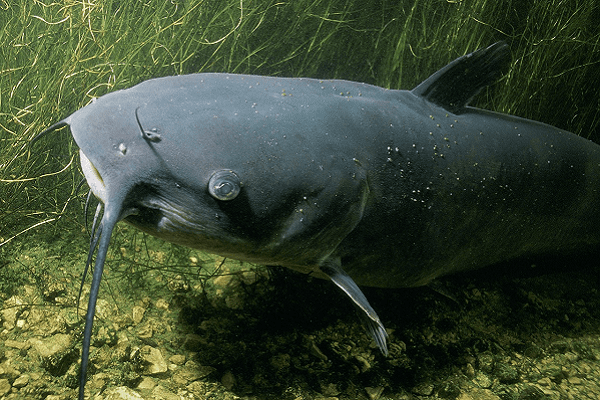
Worlds Tiniest Superhero
Tardigrades are one of the most robust animals on Earth. They can survive in almost any environment, including the vacuum of outer space.
02
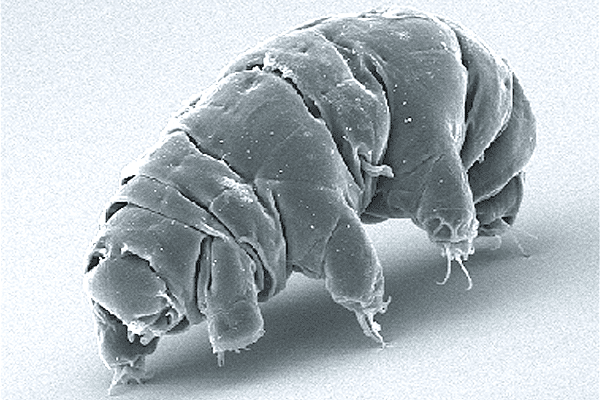
Sensational
When it comes to strange but fun facts about animal kingdom, few things beat sharks.
Sharks have two extra senses. They can detect the smallest electrical charges in the water, including those from muscle contractions. They are also able to feel changes in water pressure and movement. These allow the shark to navigate and hunt in the low light or when its vision is impaired.
However, it is more likely to be bitten by a New Yorker than a shark, and that is saying something about New Yorkers, really.
03

Letting Your Skin Breathe
Frogs breathe through their skin.
It is not likely a vital function, but more of an accidental coincidence. Frogs can breathe through their skin as a result of the blood flowing so close to the skin surface that it allows the absorption of oxygen.
04

Dropping Weight Wherever You Can
Birds have hollow bones, which allow them to fly.
Surprisingly, this doesn’t make them much lighter because they need to be dense to stop from breaking. Instead, the bones help with oxygen delivery to muscles during flight.
05
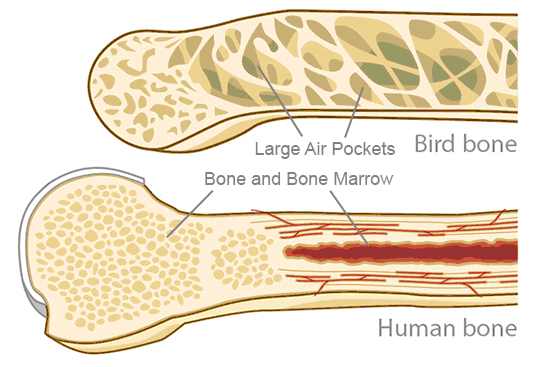
Private Conversations
Elephants can communicate with one another using sound waves too low for humans to hear.
There is some debate between zoologists as to how these sounds appear. Science thinks that elephants create sounds by contracting and relaxing their larynx.
06
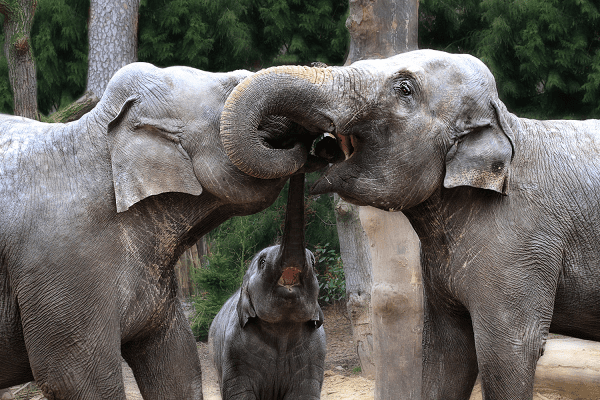
A Little Hum
The smallest bird egg is the size of a pea.
It belongs to the bee hummingbird, and it weighs the same as a single grain of rice.
The bee hummingbird is also the lightest bird in the world; an adult weighs the same as a penny.
07
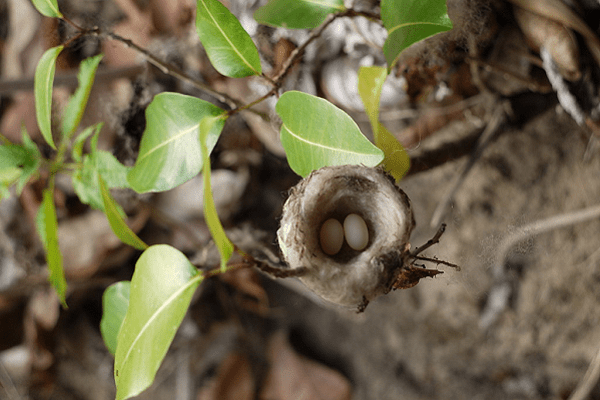
Stranger Things to Bite with
Next on our list of fun facts about animals is about hydras and the fact that they tear open their mouths to consume their food.
Hydras are small freshwater animals that attach to rock surfaces and rely on the water current to deliver their food. They have a mouth area ringed with tentacles to catch and paralyze any prey that gets to close. Then this happens a chemical and neurological process occurs that causes the cells at the mouth surface to change shape and pull apart.
After indulging in their meal, they expel any waste in the same process.
08
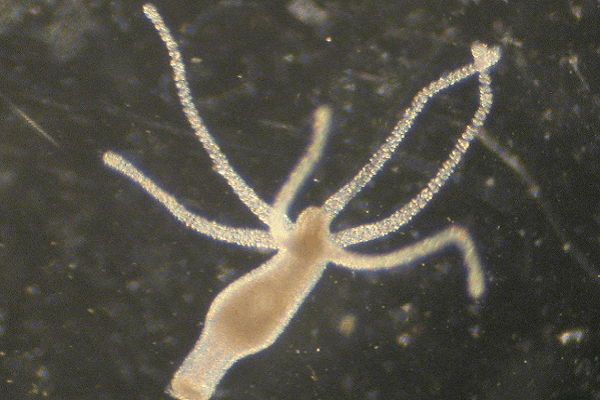
Seeing Red
The horned lizard will shoot blood tears when threatened by predators.
The horned lizard is unlikely to use this defense against us humans as it seems to save its ammunition for its real predators.
09
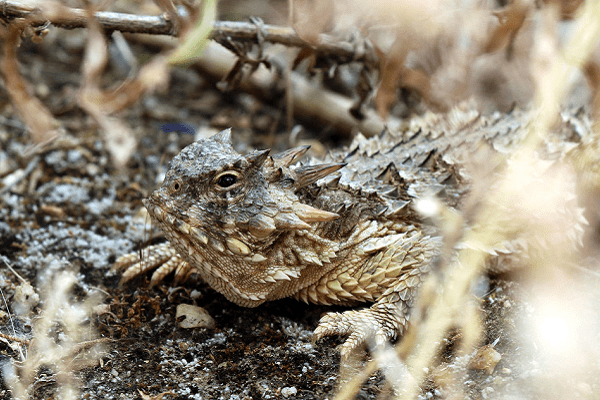
Abominable Snow Dog
Wolverines have frost resistant fur and teeth that can easily tear frozen meat.
Wolverines are found in alpine tundra and need to deal with below freezing temperatures. They have adapted to this environment by coating their fur in oil that stops it from freezing and having specialized sideways molars that let them tear into meat that has frozen solid.
10
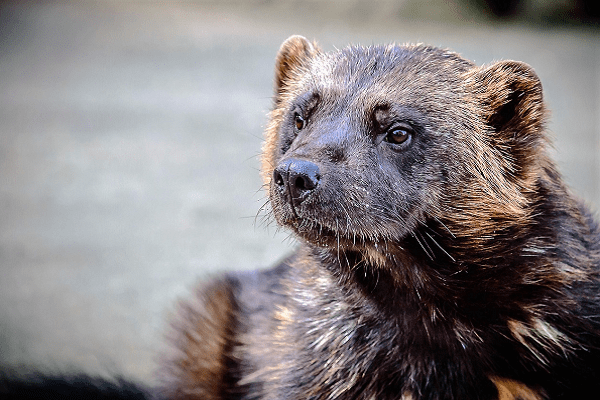
Silent But Deadly
Barn owls make almost no noise while flying.
Owls can easily be one of the most beautiful animals, but also one of the most terrifying! They are known for having fantastic eyesight and hearing, but it is also their near silent flight that they need to thank for their midnight snacks.
11

These Teeth Were Made for Chomping
Beavers have teeth reinforced with iron.
Did you want fun animal facts? There you go! You cannot get more weird animal facts or random animal facts than these!
12
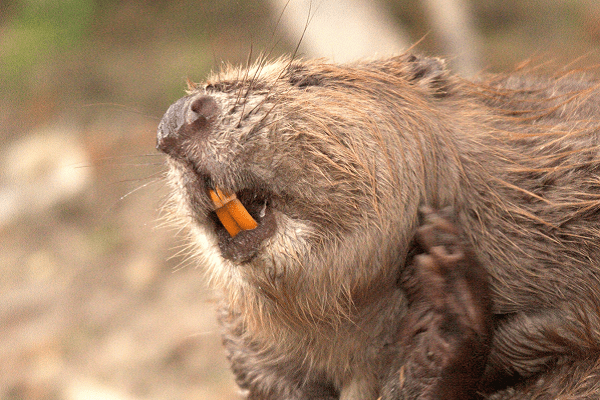
Hulking out for a Banana
Did you know that gorillas are up to 9 times stronger than the average man? Put that on your list of fun facts about animals and remember it in case you plan for an exotic vacation in the wild!
They can uproot entire trees to get fruit and bend iron bars. Thankfully they have a peaceful nature and prefer to keep their strength for the trees.
13
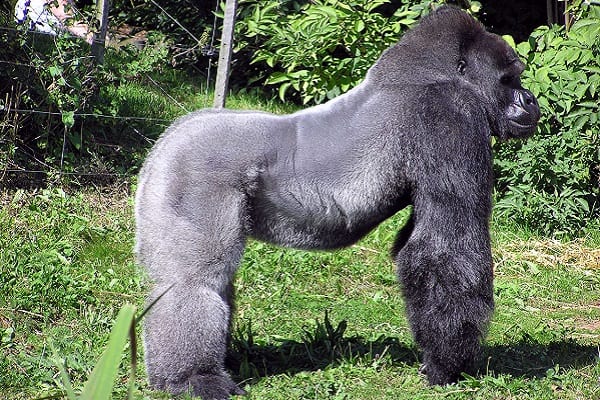
Unlikely Friendship
Some burrowing tarantulas keep frogs as pets.
Both the tarantula and the frog will share their food and protect each other and their eggs from predators.
14
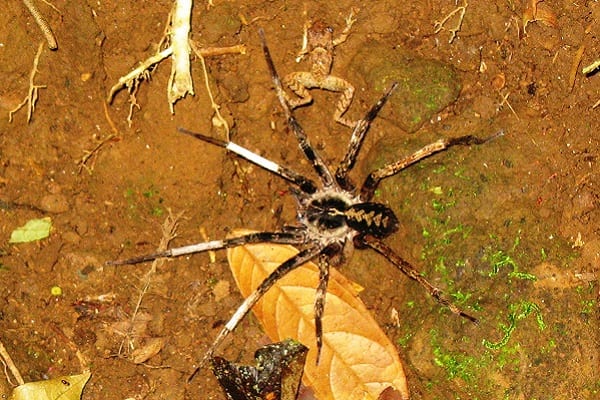
Tux on the Outside, Spikes on the Inside
Penguins throats are lined with spikes.
Penguins are adorable on the outside, but nightmare fuel on the inside. Their throats present spike-like structures called papillae that stop fish from leaping back out of their mouths. And speaking of penguins, did you know that some ancient penguin species – namely, the Kupoupou stilwelli – ruled the Earth after the dinosaurs’ extinction? No wonder they were some of the top predators of those times with those inner spikes…
15

We’re Gonna Need a Bigger… Bucket (or Van)
There’s one of our favorite fun animal facts for kids!
An average dairy cow will produce 16,000 lb of milk in 10 months. That’s almost the weight of an average U-Haul trailer.
16

Those are Some Flowery, Funky Moves
Bees communicate with each other by wiggling their bum in a dance.
Bees tell their hive-mates where the nearest and best nectar is by doing a little dance, which to us looks like a bum wiggle, but is more like a treasure map to its friends. We told you bees were smart! In fact, you can learn exactly how smart bees are if you read the comment we got from Associate Professor Adrian G. Dyer – one of the researchers involved in the study of bees’ math skills – when we presented you with our selection of 100+ weird science facts to enrich your general knowledge.
17
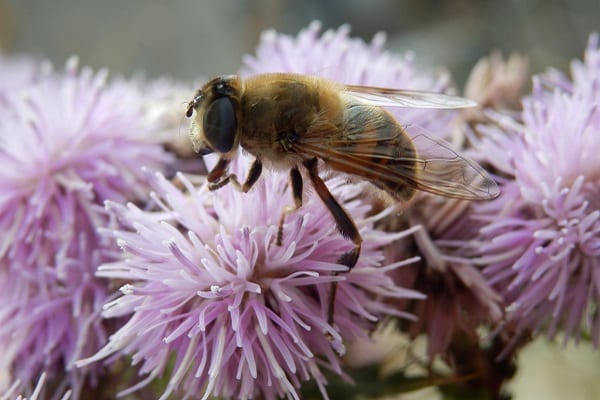
The Teeth that Broke the Web
Limpet teeth have overtaken spider silk as the most durable biological material, due to its mineral content and the microscopic size of the fibers.
18

Koalas’ Secret Ingredient
Cyanide is a large part of a koala’s diet.
Although deadly to humans and most other animals, cyanide is an essential part of a koala’s daily meal plan.
19
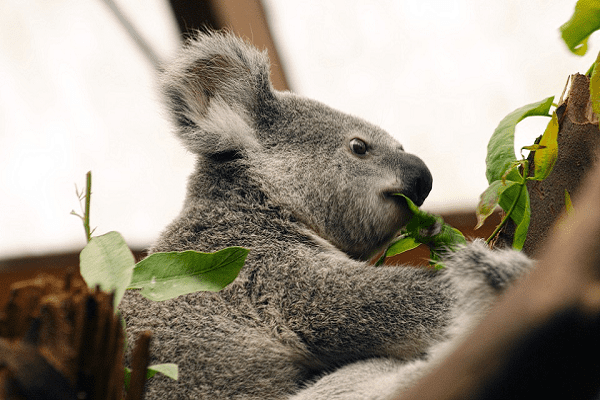
Louse Got Your Tongue?
The tongue-eating louse will replace the tongue of its host with itself. It is either the stuff of nightmares or a horror sci-fi movie. Either way, you can put this in your collection of weird animal facts and animal trivia to impress even the biggest animal lovers!
The louse enters through the gills of a fish and moves to the base of the tongue and cuts off its blood supply, causing it to die and fall off.
It then takes up residence in the fish’s mouth as its new tongue; it uses this as an opportunity to make the fish do all the work to find the food and the louse steals the reward.
20
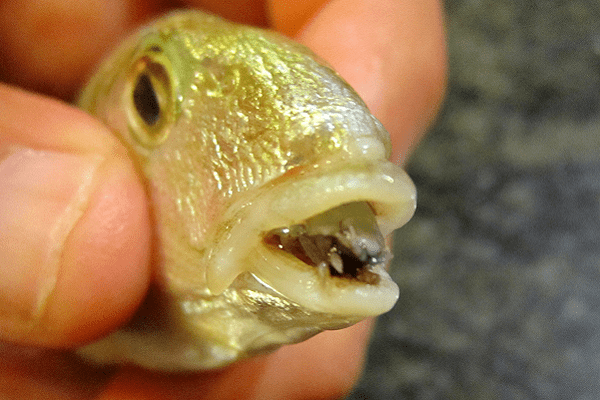
Made to Fit
Turtles have their ribs fused to their shell.
This “building” ensures that the shell doesn’t go anywhere and helps distribute its weight. It also prevents their ribs from moving even while breathing.
21
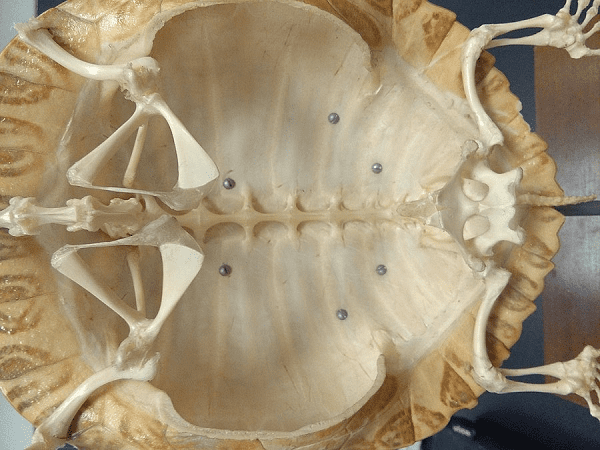
Antsle and Gretel
Ants compute. Somehow. They count their steps so they can find their way back to their nest later. Speaking of ants and steps, remember that recent studies showed that ants control and organize their own traffic, being able to keep consistent movement at 80% density, putting humans to shame.
22
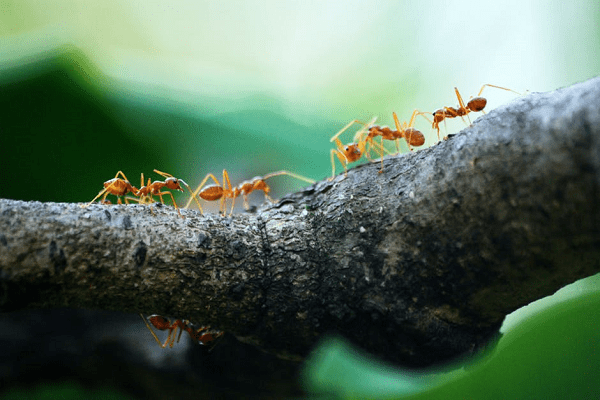
Veteran Birds
The next fun fact about animals is a piece of legend and history that is equally true and embarrassing for Australians. You can put this gem of information in your animal trivia baggage and call it a day.
Armed soldiers were sent to defend agricultural land from emus – the soldiers lost.
In the 1930s emus posed a threat to the agricultural success of Australia. They tore down fences and ate crops. The Australian government sent in soldiers with light machine guns to cull the birds. It was a massive failure with only one bird dying for every 250 bullets fired. The birds proved faster and smarter than the soldiers ever believed.
23
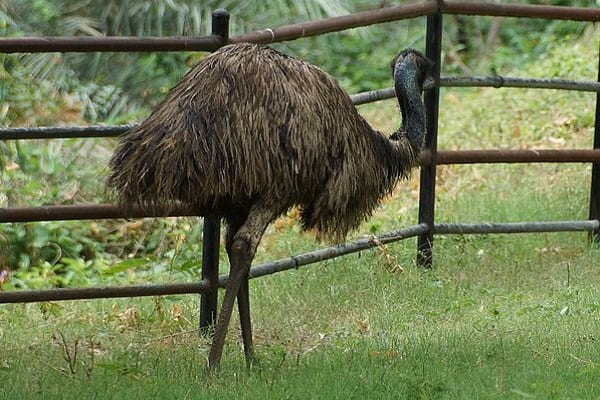
Massive Heart Throb
The blue whale has the most massive heart on Earth: it is the size of a small car, as heavy as a little elephant and beats so loud that it can be heard up to 3 km away.
24

Now You See Me… Here I am, Over Here, C’mon!
Zebra stripes confuse predators, so they don’t know which direction the zebra is moving in.
25
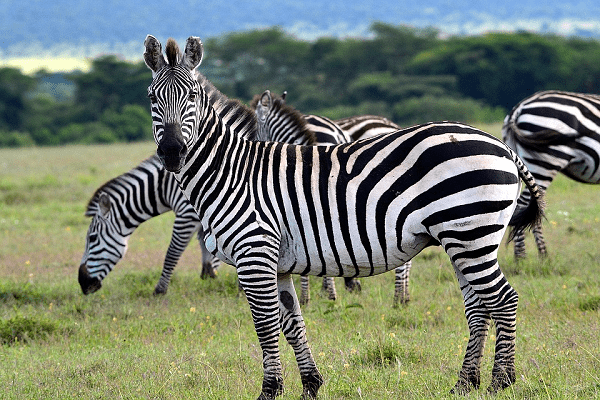
Honey, Should I Turn up the Heating? No, I Want a Boy!
The temperature of the nest determines a reptile’s sex.
Two mechanisms come in play, dependant on the species. The first produces more males when it is colder, and females when hotter. The second mechanism favors the birth of males in favorable/medium temperatures and females in more extreme conditions. We also recommend you read our fine selection of fun and weird facts about snakes to get a better understanding of what makes snakes and reptiles so equally fascinating and frightful.
26
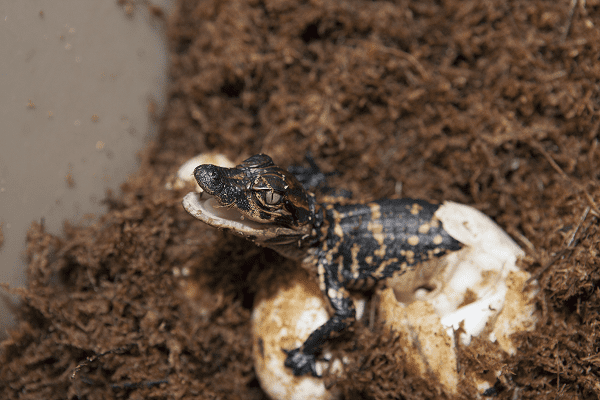
Killer Hairdo
The largest jellyfish is called Lion’s mane because of their appearance. They can reach 7 feet wide and their tentacles 120 feet long.
27
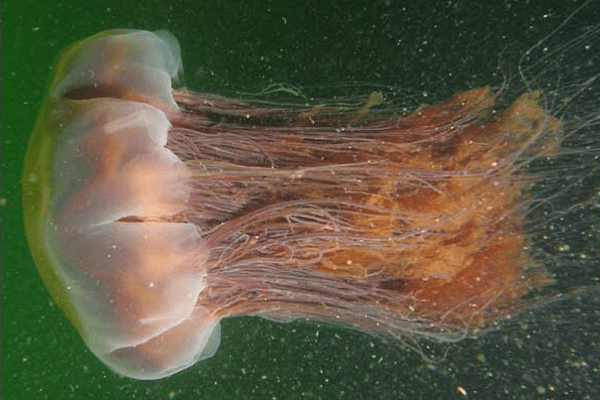
The Not-So-Itsy-Bitsy Spider Crawled along the Shore…
Among other animal kingdom facts, we are happy to announce that a Japanese spider crab has a leg span of 4m (13 feet). Yeah, we know.
28
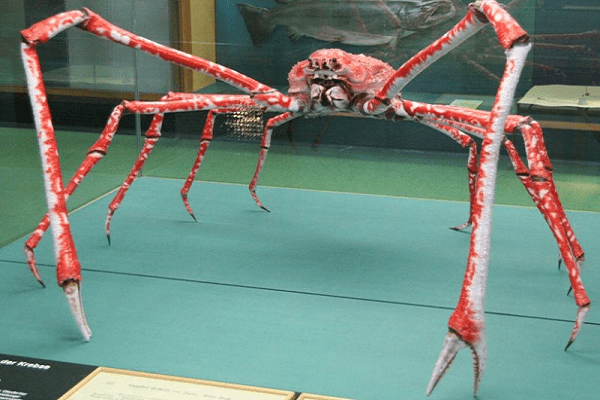
Moss. Coat Moss
Fungi found growing in the fur of sloths have found to be anti-cancer and anti-bacterial. It is ironic, don’t you think, that science tries to develop a cutting-edge coating to repel viruses and bacteria, while the sloth fosters a goldmine of scientific wonder in its fur…
29

Brutal Babies
We told you, when you want strange yet fun animal facts, you can always trust the sharks.
Sharks will fight to the death while still in the womb.
30
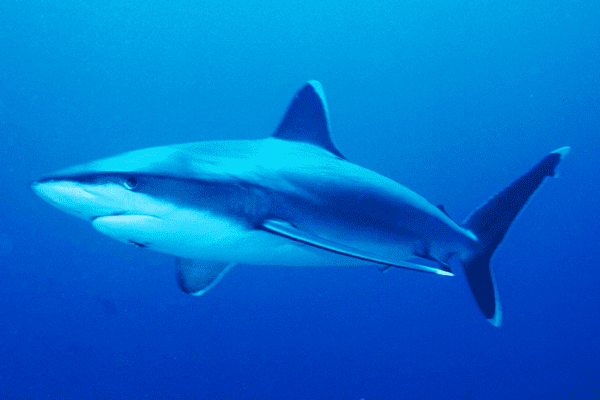
SNAP! “Come at me, bro!”
Trichobatrachus robustus, some people also know as the Hairy or Horror Frog will break its own bones to form claws.
31
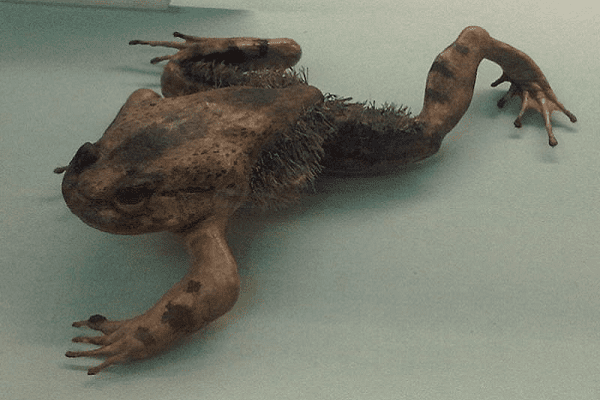
Kitty Night Light
Next on our collection of fun facts about animals we have some news about one of the most beloved pets. Cats.
Some cats have been genetically engineered to glow in the dark, and scientists are using them to find answers and even cures for AIDS.
32
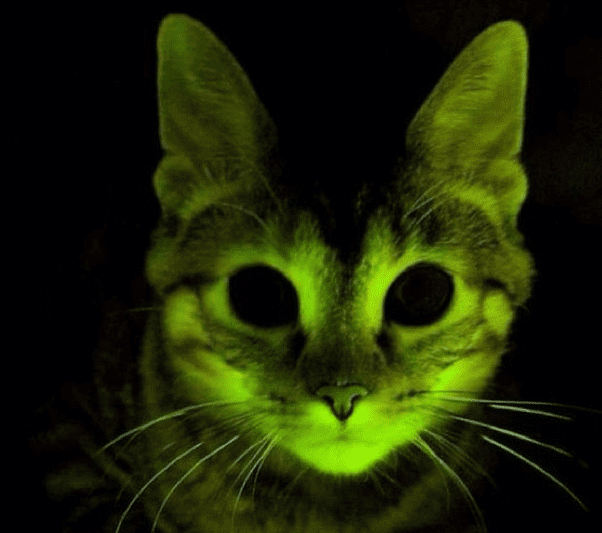
33
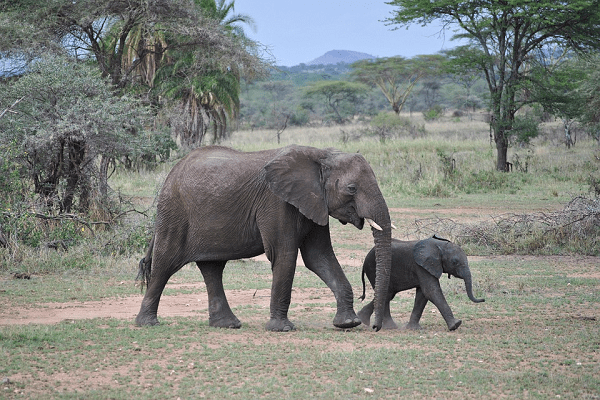
Stink Bomb!
The bombardier beetle defends itself by squirting a rancid smelling liquid at its attacker.
34
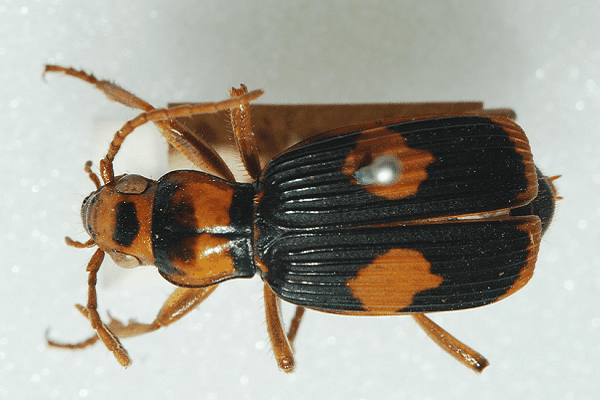
Dirty Pigs
The pig-nosed frog spends most its life underground, surfacing only to mate during the monsoon seasons. It seems that frogs occupy plenty of slots on our top of fun facts about animals, so it’s time to move on to the next piece of animal trivia.
35

36

Thick Skinned
A hippo’s skin can grow to 6 cm thick. As we mentioned on a previous occasion, when we presented you with some of the weirdest science facts possible, hippos are also cannibals. This can only mean that a hippo trying to eat another hippo, given their skin thickness, is a nightmare no one wants to witness.
37
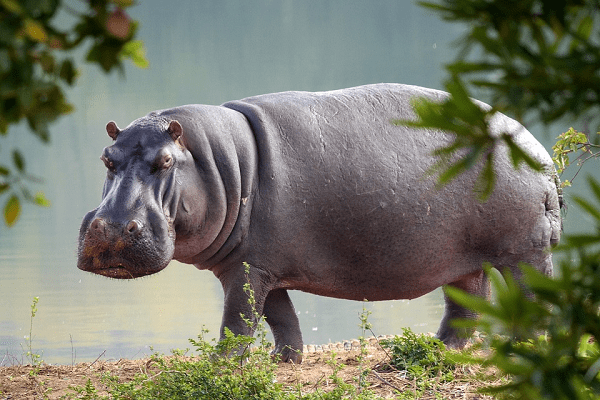
The Old Man of the Sea
In case the little one has biology or science projects at school, trust the sharks to be a never-ending source of fun animal facts for kids!
The oldest vertebrate is the Greenland shark at 400 years old.
38
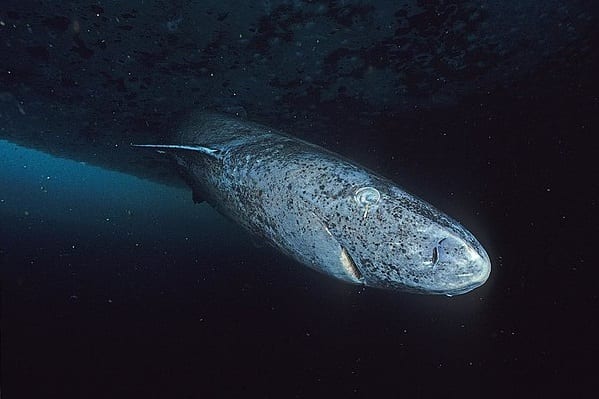
Assassin Creed… Erm… Bugs
Dressed to kill? OK, dressed to blend in.
Assassin bugs use the dead bodies of their prey to disguise them from predators. Take this information on your next animal trivia adventure with your friends, see how they manage!
39
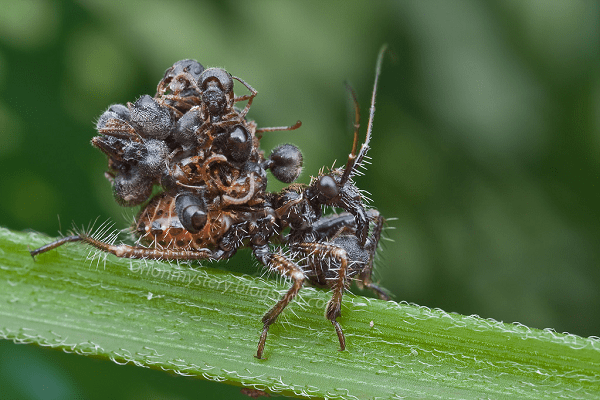
Eggs + Milk = A Happy Hatchling
There are a few birds that can produce “milk” to feed their young.
It is not the same as mammalian milk but serves the same purpose. Flamingos, doves, and pigeons are among the few birds who can secrete fluid-filled cells from the back of their throats to feed their hatchlings.
40
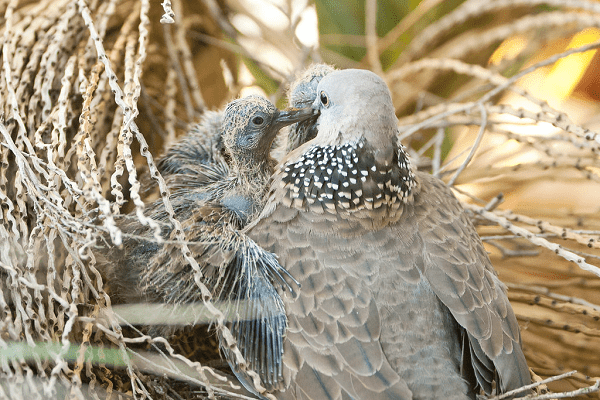
En Garde!
The beak of a sword-billed hummingbird can reach 10 cm long. That’s longer than its body.
41
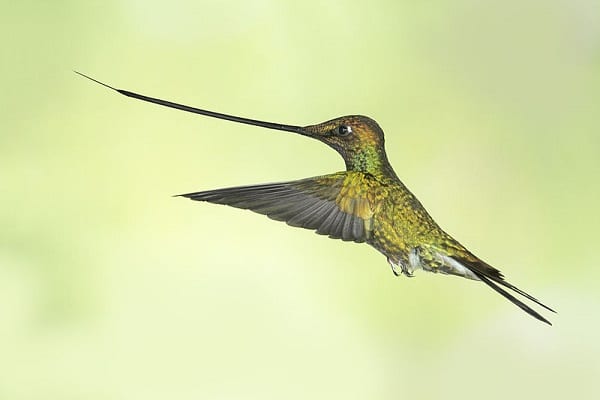
Clamming up about Anti-Aging Routines
The longest living animal on record is the quahog clam, with an age of 507 years. We wonder if this clam has ever heard of famous doctor Ana Aslan and her world-changing discoveries in anti-aging, geriatrics, and gerontology…
42
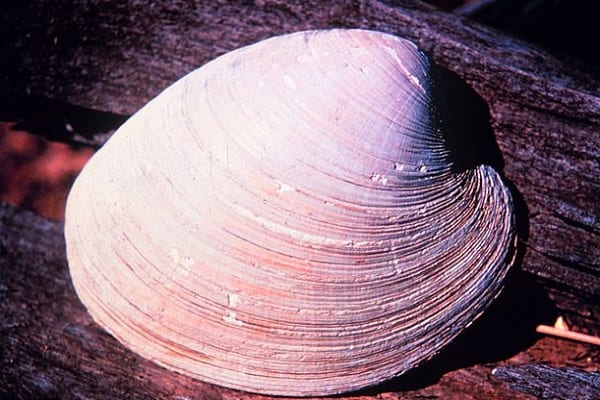
Frog in Your Throat
It’s frogs again in our collection of fun facts about animals! Hmm… maybe we should create a separate article on weird facts about frogs or something to enrich your animal trivia baggage with some well-researched information…
Developing Darwin Frogs stay in their dads’ vocal sacs, and he will cough them up when they are old enough.
43
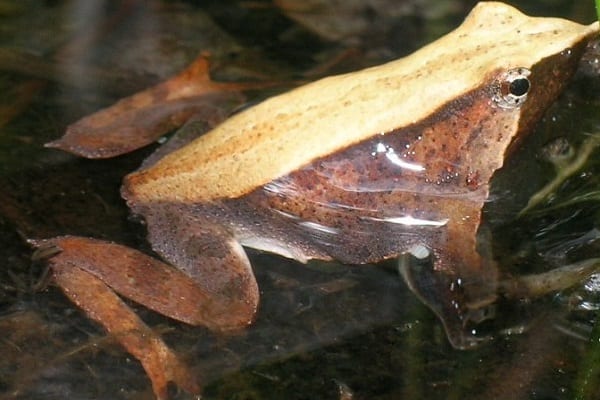
44

Mothra is Here!
The Queen Alexandra’s birdwing butterfly is the largest butterfly in the world with a wingspan of 12 inches.
45
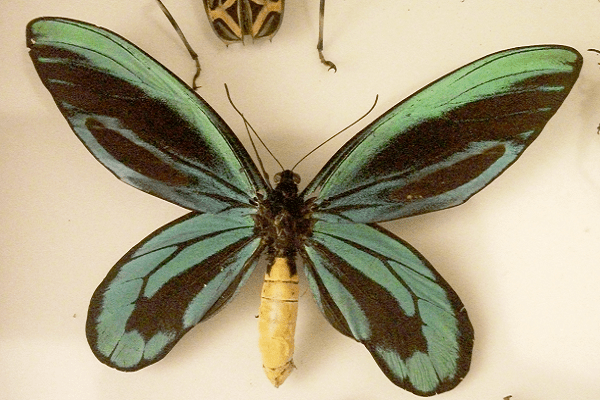
Get to the Point!
The scales and skin of a thorny dragon are specialized for water collection. Any water or dew goes through groves and channels to the lizard’s mouth.
46
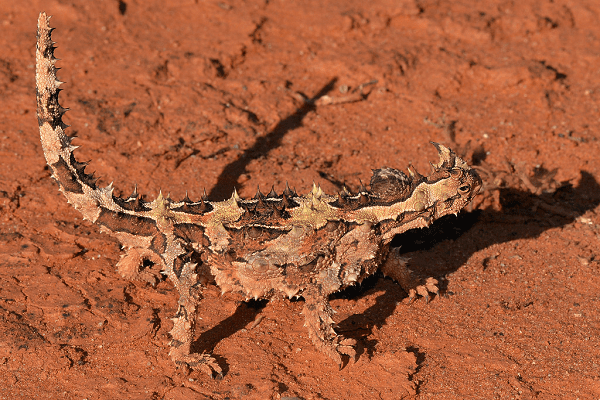
Powered by Metal
Playing rock music makes termites work twice as fast. Speaking of the power of music, we want to let you in another bit of science regarding acoustic enrichment and coral reefs:
A recent experiment showed that underwater loudspeakers for the coral reefs’ acoustic enrichment might be the solution to restore life into dead coral patches.
47
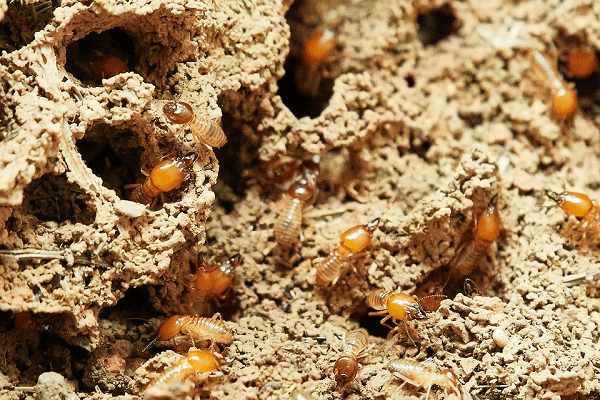
Blood Pact
Vampire bats will share their meals with starving members of their colony but will expect the same in return. If the bat refuses, it is cut off from future help.
48
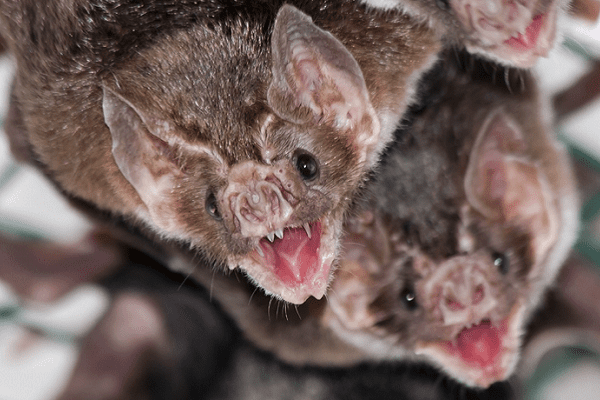
Back to the Sea with You!
Whales and dolphins are related to land mammals that returned to the sea. Another fun fact is that they have maintained the same bones in their forelimb. It means that they have the same bones as us humans, but have arranged them differently.
49

Food for Thought
Last but not least on our top fun facts about animals involves mealworms and the fact that they can absorb memories from eating other mealworms.
Mealworms were given a maze to complete; when finished, they became food for the next group of mealworms. The worms who ingested mealworms who had already completed the maze performed significantly better than the control group, suggesting that the memories of directions of the maze were somehow transferred to the consuming mealworm.
50
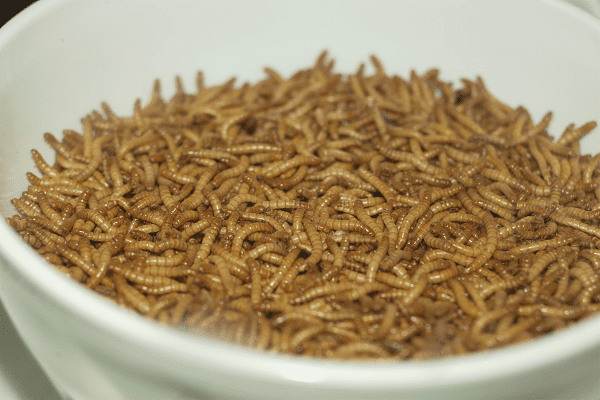
Did You Enjoy our Fun Facts about Animals?
There we have it, 50 of the most exciting, strange, and fun animal facts. We hope that you have found them as entertaining and mind-boggling as we did. There are millions of more fun animal facts to be discovered, so if you have any of your own that you would love to share, then please comment below!
For more information on animals – either you love biology or you want to win animal trivia contests, we also recommend the following resources:
- Our 100+ weird science facts that include plenty of information on animals;
- The top 50 fun and fascinating facts about snakes (frogs, and lizards too) that we mentioned before;
- Our report on ancient penguins that outlived dinosaurs;
- The article on how smart are bees;
- Our report on marmosets’ dialect and the things it can teach us.
If you have other fun animal facts to share with us, feel free to share them with our community of animal lovers! Moreover, if you want us to give you more fun facts about animals and stories about crazy animals, let us know and we will update this article with more interesting info and news!
